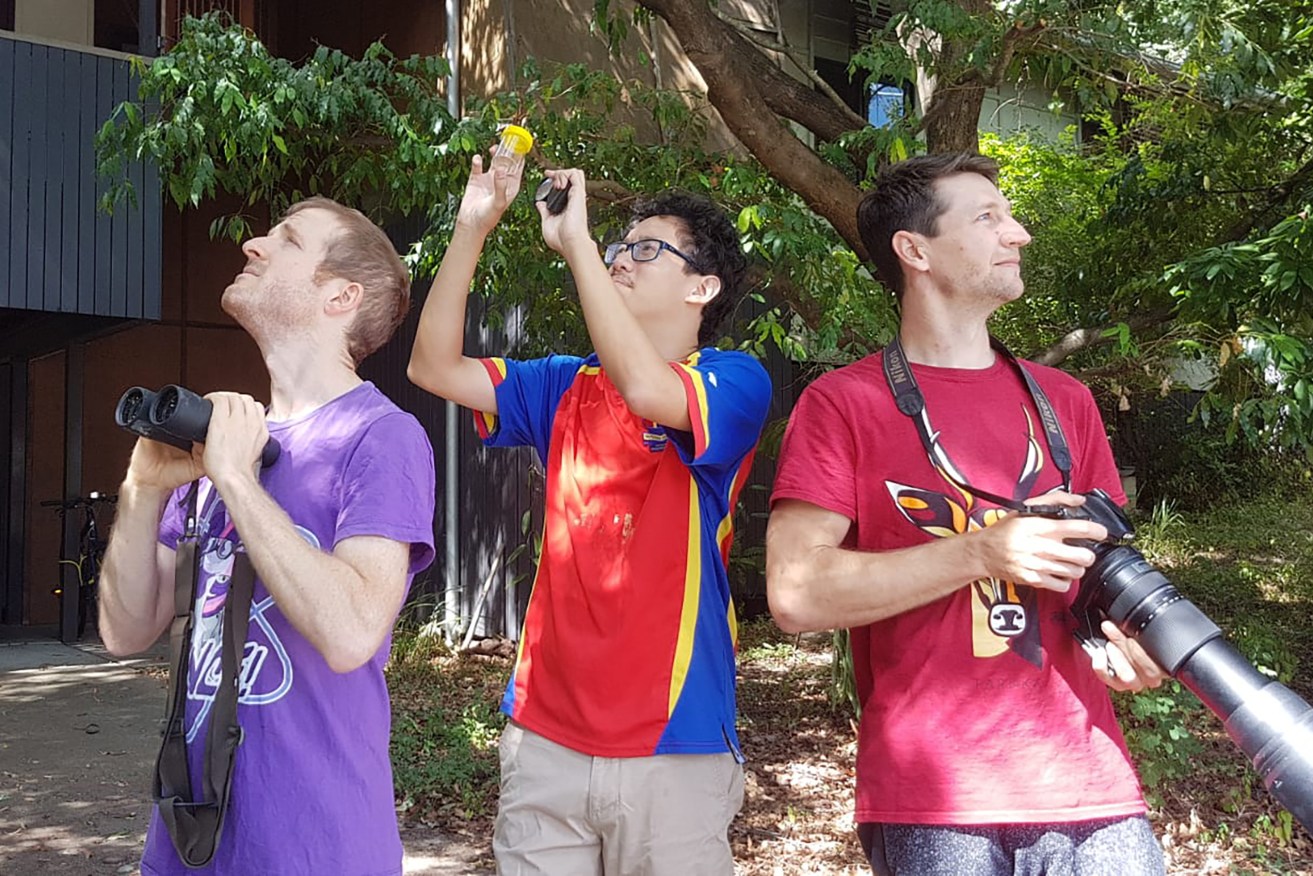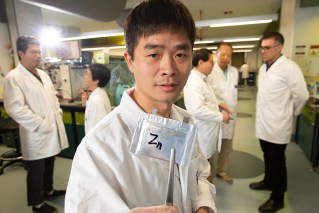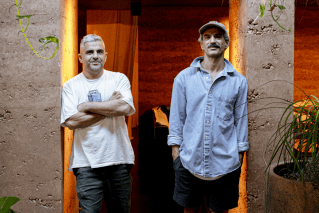How this Brissie share house proved it really is a jungle out there
Three species never officially recorded in Australia have been discovered in the backyard of a researcher share house.

Dr Matthew Holden, Dr Russell Yong and Dr Andrew Rogers searching for species in their backyard. (AAP Image/Supplied by University of Queensland)
During the Covid-19 lockdowns of 2020, mathematician Matt Holden, ecologist Andrew Rogers and taxonomist Russell Yong undertook a 12-month long census of their share house and its backyard in inner Brisbane.
As it turned out, the place shared by three young men was home to more than 1000 species of animal, plant and fungus.
The three University of Queensland academics revealed an ecosystem so rich and diverse that they have since published their findings in scientific journal Ecology.
For example, they discovered three species that had not previously been recorded in Atlas of Living Australia, the nation’s leading biodiversity database.
A mosquito, a sandfly and an invasive flatworm responsible for decimating native snail populations around the world were all found for the first time in Australia in the backyard.
Blue-tongued skinks would hibernate under the garage while teddy-bear bees slept in the hedges under the front window, Holden said.
They also recorded a host of iconic birds from the laughing kookaburra to rainbow lorikeets and the legendary white ibis.
In typical Australian fashion, the team also discovered 436 moth and butterfly species and 56 different types of spider in their home.
Taken together, Holden said the share house had bred a tightly interwoven environment that thrived on inter-species interactions.
“We stumbled upon the moth Scatochresis innumera, which as a caterpillar spends its whole time feeding inside the dung of a brushtail possum before emerging as an adult,” he said.
“The Parilyrgis concolor is another moth species whose caterpillar lives in spider webs and devours spider poop to survive.”
When Rogers first came up with the idea of the stocktake while vacuuming cobwebs, the team never thought they would discover such a rich and varied ecosystem.
Having asked ecologists and conservation scientists, they thought they would find 200 at most.
But within three months, the trio had already found 777 species and they believe most Australian backyards, even in urban areas, could show similar results.
“It depends on how people tend to their homes and gardens – keeping low maintenance trees and shrubs and eliminating manicured lawns and pesticides will significantly boost the number of critters found,” he said.
“(But) you don’t have to go travelling to connect with Australia’s diverse range of species, just look in your own backyard.”












